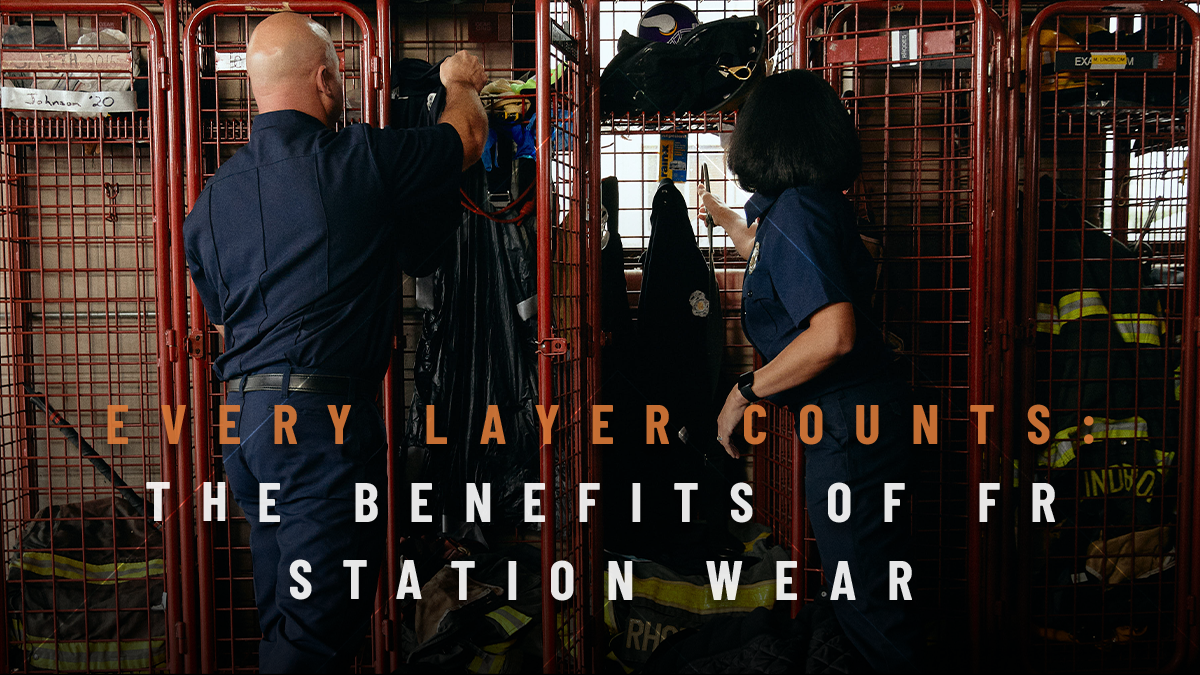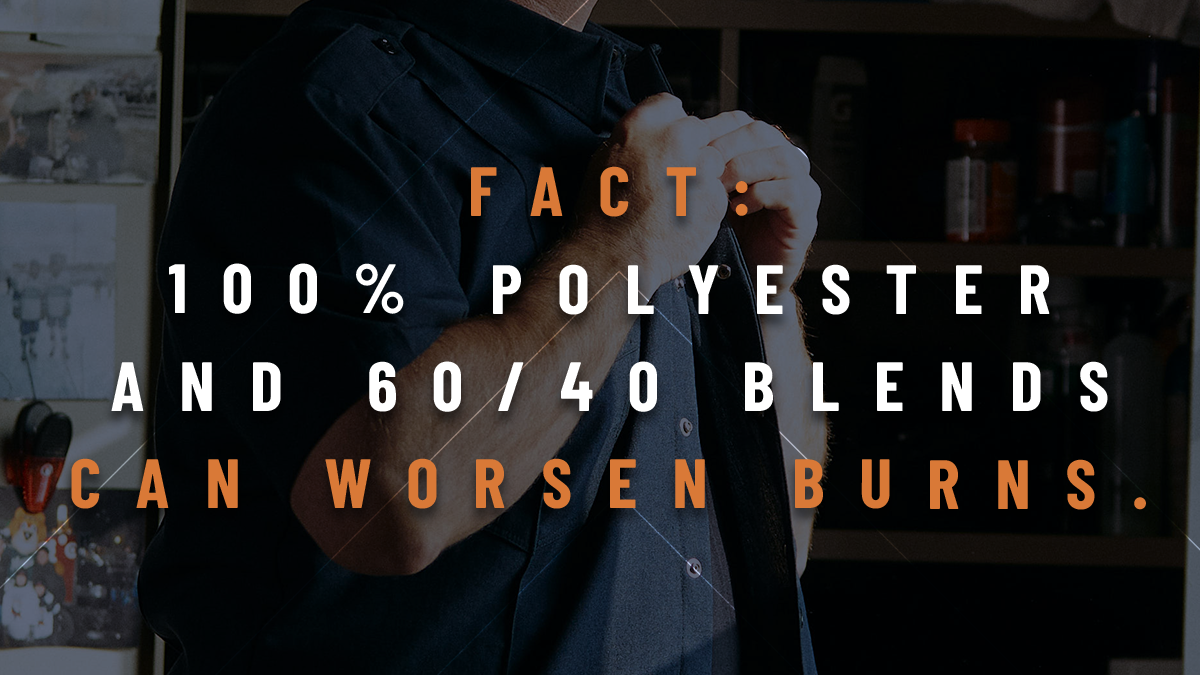THE BENEFITS OF FR STATION WEAR GO WAY BEYOND PROTECTION

Key takeaways from this article:
• Fire departments should recommend flame-resistant (FR) station wear as a part of firefighters' primary personal protective equipment (PPE) for increased safety.
• Turnout gear can be overwhelmed, and FR station wear offers additional protection, especially at non-fire scenes prone to unexpected sparks, explosions, and fires.
• Industry consensus and NFPA standards discourage everyday synthetic and cotton-poly firefighter garments; they can exacerbate burns when heated.
• FR station wear is comfortable, durable, great-looking, resistant to shrinking, fading, and wrinkling, and lasts longer than non-FR options.
• Despite higher initial costs, the multitude of benefits, including adherence to safety standards and protection, makes FR station wear a valuable investment.
There are so many reasons fire departments should make flame-resistant (FR) station wear a mandatory part of their firefighters’ primary personal protective equipment (PPE). First and foremost is safety. Turnout gear, while a marvel of innovation and insulation, can and does get overwhelmed. And when it does, firefighters can be burned. Additionally, firefighters are frequently called to non-fire scenes where they remove part of their gear only to find themselves facing unanticipated sparks, explosions, and fires from combustible dust, gas and vapors of ignitable liquids. FR station wear provides an extra layer of protection under turnout gear, and a first layer of defense if that gear is removed.

Second, industry consensus standards point squarely toward an FR station wear solution. Market research shows that today’s firefighters prefer synthetic and cotton-poly garments—such as 100% polyester and 60/40 blends—for their station wear, but NONE of the National Fire Protection Association (NFPA®) standards OK this choice. In fact, when heated, these clothes can melt and drip onto skin, making burns from external sources worse. NFPA® 1975(1) and NFPA® 1500(2) cut 100% cotton a little slack, but because it can ignite, it’s not recommended either.
We get it. Firefighters, like all of us, want clothing that’s comfortable, durable and great looking. What a lot of people don’t know is that FR station wear rises to these challenges, too. Available in a range of styles and fabrics, today’s FR garments resist shrinking, fading and wrinkling, and remain crisp longer than many non-FR choices. They stretch, they breathe and they feel just as soft as popular sportswear. When properly maintained—which is easy—they last longer than cottons and synthetics, making them a great value, even though the upfront cost may be little more.
Knowing that the minimum standards for turnout gear are rigorous, and that this gear can be overwhelmed or isn’t always worn, protection alone should be a powerful motivator for adopting FR station wear and base layers. Add all the other benefits, and there’s really no reason not to check it out.
Learn more about FR station wear and what industry standards say about it in our detailed whitepaper.
(1) National Fire Protection Association, NFPA 1975, Standard on Emergency Services Work Apparel, https://www.nfpa.org/codes-and-standards/all-codes-and-standards/list-of-codes-and-standards/detail?code=1975.
(2) National Fire Protection Association, NFPA 1500, Standard on Fire Department Occupational Safety, Health, and Wellness Program, https://www.nfpa.org/codes-and-standards/all-codes-and-standards/list-of-codes-and-standards/detail?code=1500.